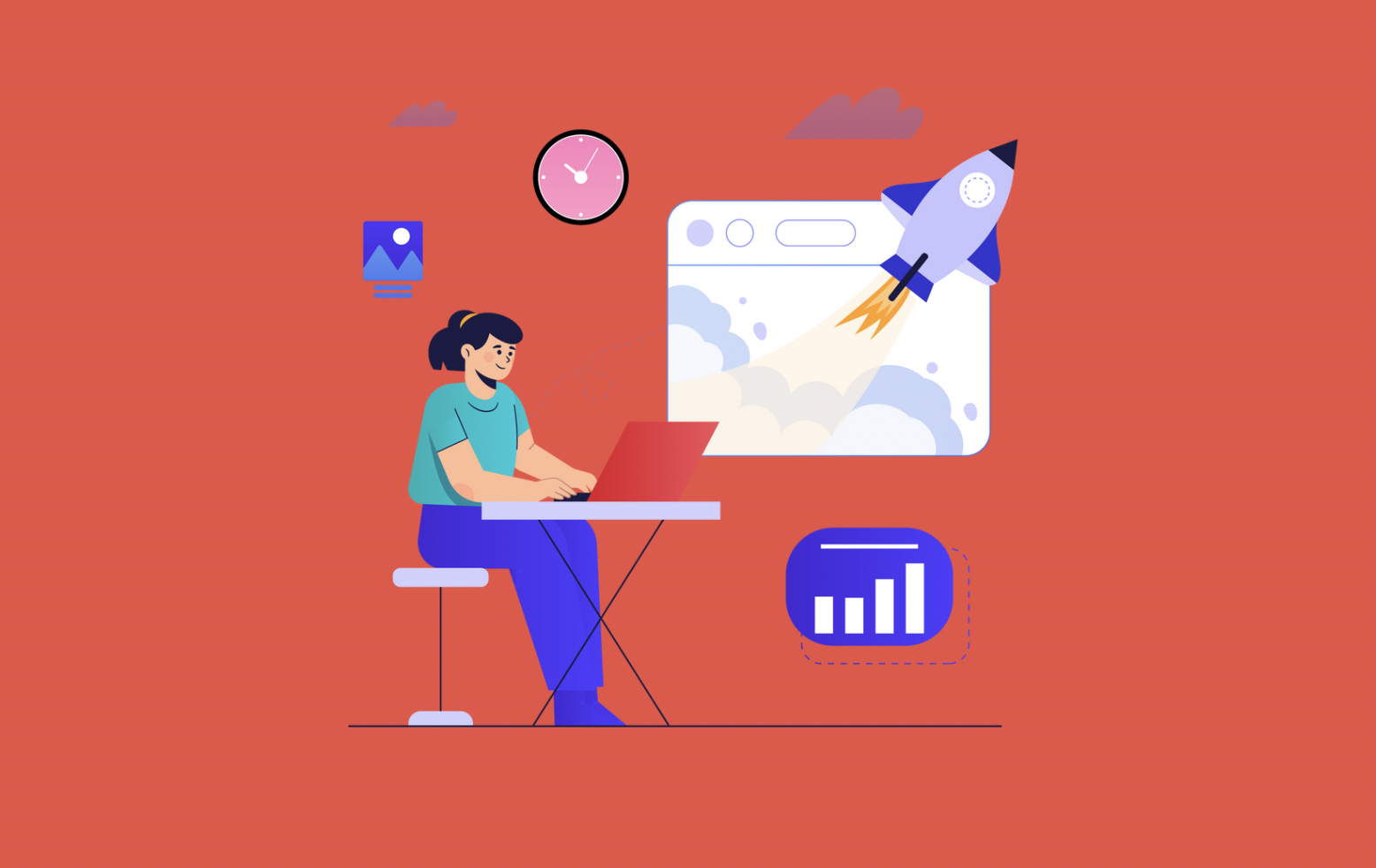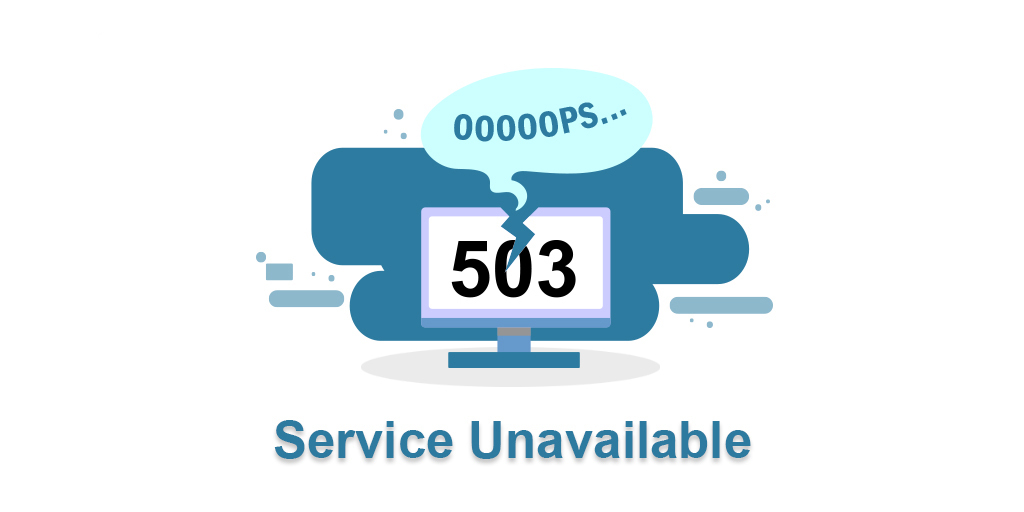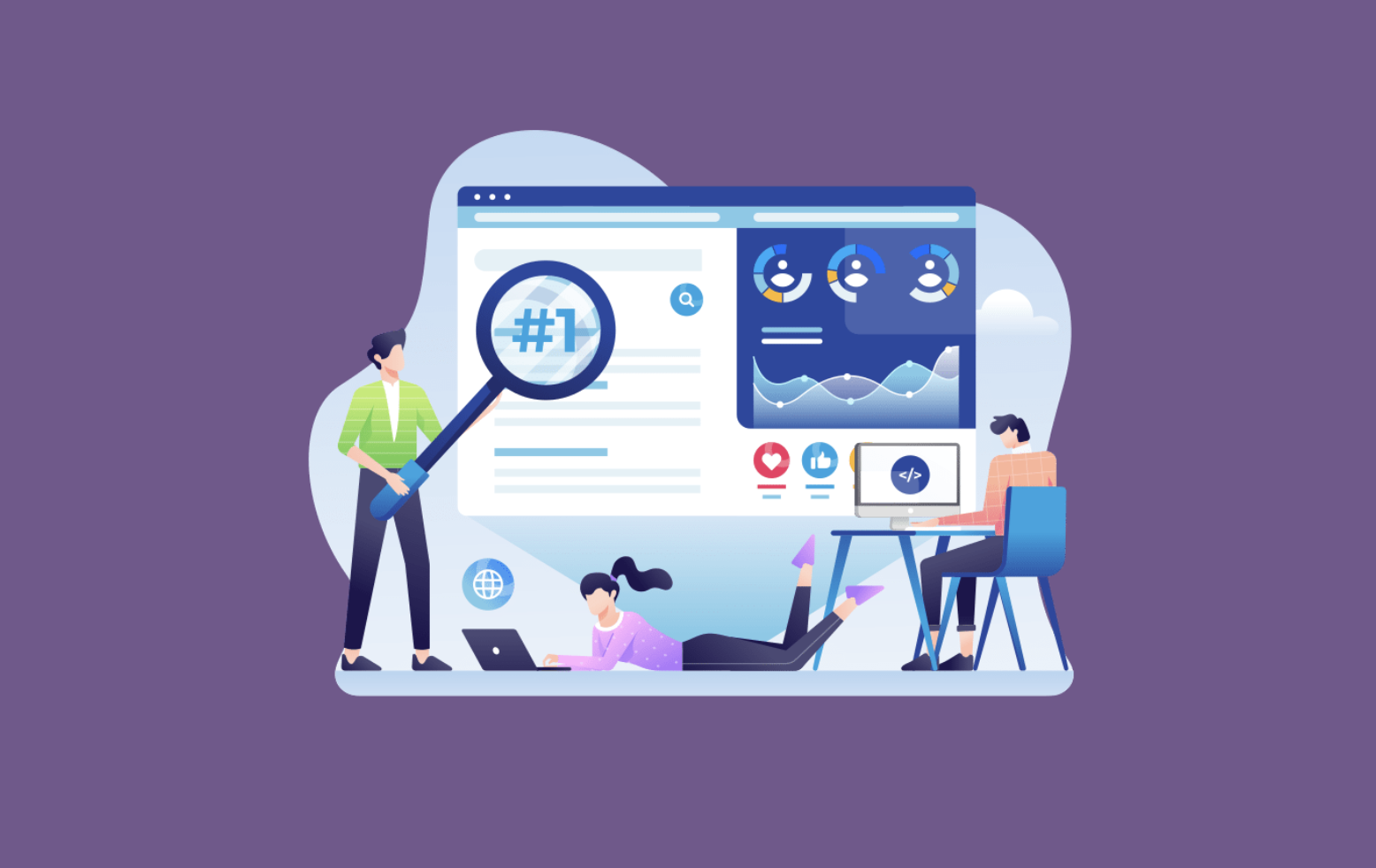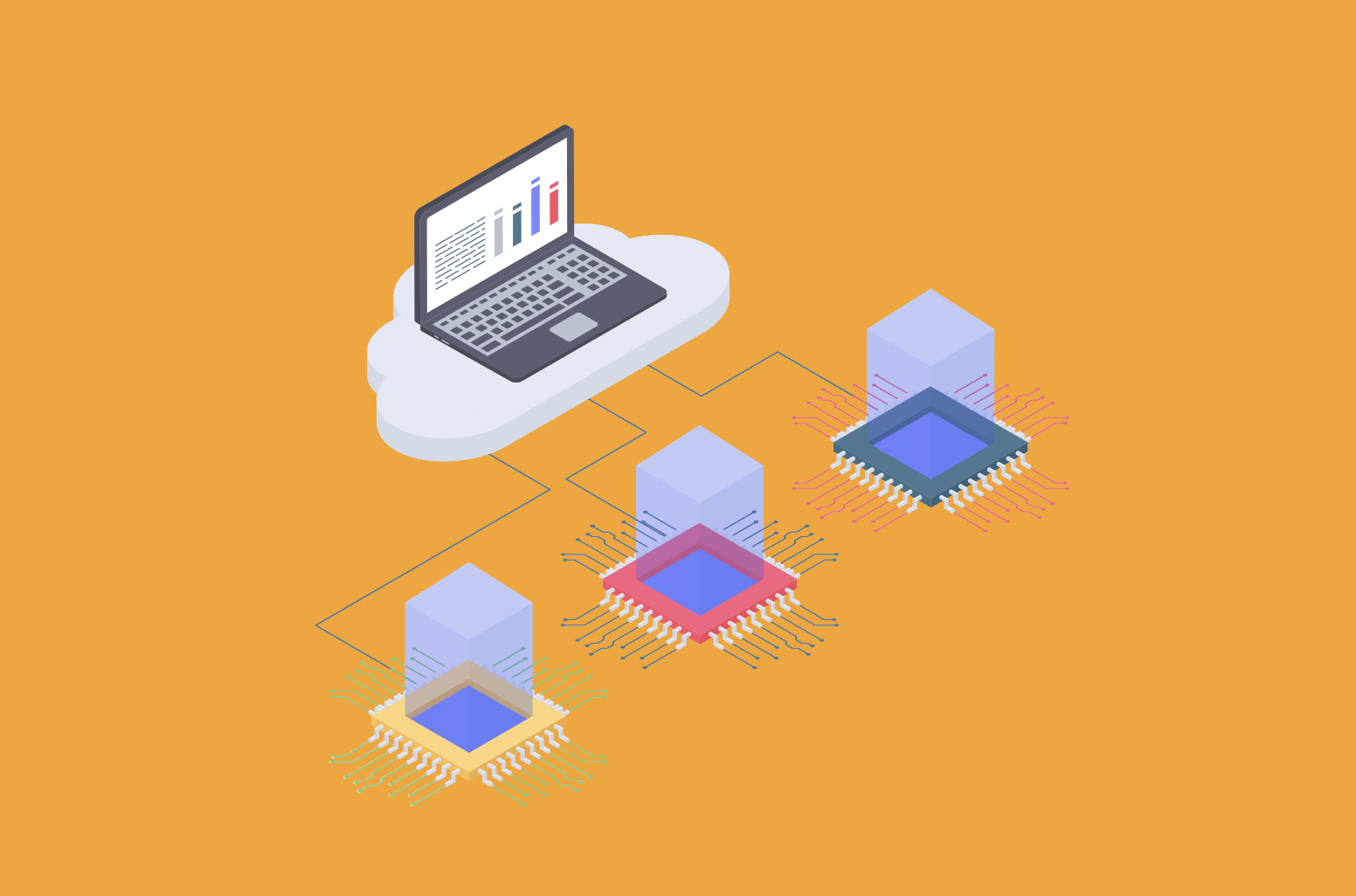Among the many elements that contribute to a seamless web experience, images play a key role. Whether you're a business owner, a blogger, or a developer, understanding the significance of fast-loading images and how to optimize them can be a game-changer for your online presence.
Imagine clicking on a website, only to be met with the frustrating sight of sluggish, slowly loading images. It's an immediate turn-off, right? Research indicates that the average user's patience for a web page to load is about as long as a deep breath—just a matter of seconds. If your images don't keep up, you risk losing not only potential customers but also valuable SEO ranking points.
In this blog post, we'll unravel the reasons why they matter and provide you with practical insights into how to make your website's images load faster without sacrificing quality. So, buckle up as we embark on a journey to transform your website into a fast, user-friendly digital destination.
Importance of optimizing images for faster loading
Images are the lifeblood of visual content on the web. They enhance the aesthetics, engage visitors, and convey information in a way that text alone cannot. However, their impact goes beyond mere visual appeal; images play a pivotal role in determining how fast or slow a web page loads.
When images are not optimized, they can significantly slow down your website's loading speed. Large image files require more bandwidth to download, and if a visitor's internet connection is less than optimal, they might experience frustratingly slow load times. This delay can lead to impatient users hitting the dreaded "back" button, sending them away from your site and potentially into the welcoming arms of a competitor.
Optimizing images is not just a luxury; it's a necessity. The importance of this process cannot be overstated. Here are a few compelling reasons why you should prioritize image optimization for faster loading:
- Enhanced User Experience: In the digital age, patience is in short supply. Users expect web pages to load almost instantly. Optimized images ensure that visitors to your site don't spend precious seconds waiting for content to appear. A faster load time contributes to a smoother, more enjoyable user experience.
- Improved SEO Ranking: Search engines like Google factor in page load times when ranking websites. Faster-loading pages tend to rank higher in search results. By optimizing your images, you not only please human visitors but also the algorithms that determine your site's visibility.
- Reduced Bounce Rates: Slow-loading pages often have higher bounce rates, meaning visitors leave your site after viewing just one page. This negatively affects your website's overall performance and can harm your conversion rates. Faster-loading images can keep users engaged and exploring your content.
- Bandwidth Efficiency: Optimized images consume less bandwidth. This can be especially important if you're running a site with a lot of traffic or if you're concerned about data usage on mobile devices. By using bandwidth more efficiently, you save money and resources.
- Cross-Device Compatibility: Users access websites from a variety of devices, each with its own screen size and resolution. Optimized images are more adaptable, ensuring that your content looks great and loads quickly, whether it's viewed on a smartphone, tablet, or desktop computer.
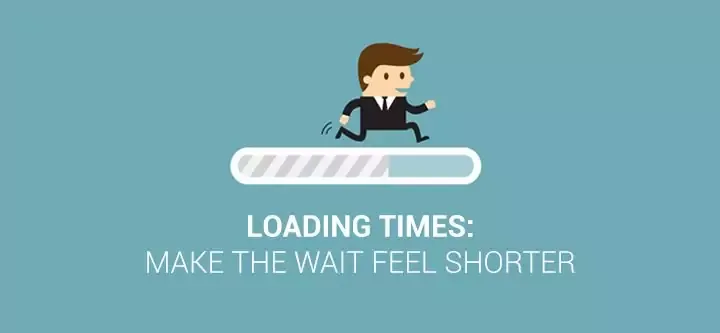
Strategies on How to Make Images Load Faster on Website
Selecting the Right Image Format
One of the fundamental strategies for speeding up image loading on a website is choosing the right image format. The two primary formats for web images are JPEG and PNG, each with its own strengths and best-use scenarios. JPEG is ideal for photographs and images with many colors, offering excellent compression while maintaining quality. PNG, on the other hand, is perfect for images with transparency or line art, ensuring sharpness and clarity. By selecting the appropriate format for each image, you reduce unnecessary file size and enhance loading speed.
Importance of Image Compression and Tools to Use
Image compression is a cornerstone of image optimization. Compression reduces the file size of images without significantly compromising quality. This process is crucial for faster load times, as smaller files are quicker to download. Several image compression tools are available, both online and as software. Tools like TinyPNG, ImageOptim, and Adobe Photoshop's "Save for Web" feature can efficiently compress images while preserving their visual integrity.
Implementing Lazy Loading
Lazy loading is a technique that defers the loading of offscreen images until a user scrolls down the page. With lazy loading, only the images visible in the user's viewport are loaded initially, reducing the initial page load time. As users scroll, additional images load dynamically. Implementing lazy loading can have a significant impact on perceived loading speed and user experience.
Using a Content Delivery Network (CDN)
A Content Delivery Network, or CDN, is a network of geographically distributed servers that store cached copies of your website's static assets, including images. When a user requests a page from your site, the CDN delivers these assets from a server located closest to the user. This reduces latency and accelerates loading times.
Implementing Responsive Images
Responsive web design ensures that your site looks and functions well on a variety of devices and screen sizes. Part of this approach involves serving appropriately sized images to different devices. By providing smaller images for mobile devices and larger ones for desktops, you avoid wasting bandwidth and improve loading speed on all devices.

Case Study: Successful Implementation of Image Optimization Techniques
Background:
A client, a popular e-commerce website, faced challenges with slow loading times and high bounce rates on its product pages. It was evident that image-heavy pages were a significant contributor to the problem. To address these issues and enhance the user experience, the Stablepoint decided to implement various image optimization techniques.
Strategy:
Selective Image Format Usage: The first step was to analyze the type of images used on the website. Stablepoint determined that product images were primarily photographs with many colors. They opted to use JPEG format for these images, ensuring a balance between compression and quality. For images with transparency, like logos and icons, PNG format was retained.
Image Compression: Stablepoint integrated an automated image compression tool into its content management system. This tool compressed images during the upload process, significantly reducing their file sizes while maintaining visual quality. The implementation of lossless compression reduced image file sizes by an average of 30%.
Lazy Loading: To tackle the initial page load time, lazy loading was implemented across the website. This technique ensured that images below the fold were only loaded as users scrolled down the page. This change considerably improved the initial loading speed of product pages.
Content Delivery Network (CDN): Stablepoint subscribed to a reliable CDN service to distribute website assets globally. The CDN cached product images and served them from servers located near the users' geographical locations. This reduced latency and drastically improved loading times for visitors from different regions.
Responsive Images: The development team restructured the website to serve responsive images. This involved creating multiple image versions at different resolutions and breakpoints. As a result, mobile users received smaller images optimized for their devices, while desktop users got larger, high-quality images.
Results:
The implementation of these image optimization techniques led to significant improvements in the client`s website performance:
- Page Load Time: On average, product page load times decreased by 40%. Users experienced faster access to product details and images, resulting in a more engaging shopping experience.
- Bounce Rate Reduction: The client observed a 25% reduction in bounce rates on product pages. Visitors were more likely to explore the website and make purchases, boosting conversion rates.
- Improved SEO: With faster-loading pages and improved user experience, the website's search engine rankings improved. Google and other search engines favored the optimized site in search results.
- Bandwidth Savings: The implementation of image compression and responsive images significantly reduced the website's bandwidth consumption, leading to cost savings in hosting and data transfer.
Conclusion
In today's digital fast-paced world, where every second counts, ensuring your website loads quickly is paramount. One of the most critical aspects of achieving fast loading times is optimizing images. In this blog post, we've explored the various dimensions of image optimization and strategies to make images load faster on your website.
Optimizing images for faster loading isn't just a performance enhancement; it's a critical factor in user satisfaction, SEO rankings, and overall website success. By following the strategies outlined in this guide, you can provide a smoother, faster, and more enjoyable experience for your website visitors. Remember, in the digital world, speed is often the key to keeping your audience engaged and returning for more.

Nadejda Milanova
An experienced Content creator in the field of Search Engine Optimization (SEO) and WordPress. A true proffesional with a Master's degree focused on journalism.
Read more by Nadejda Milanova


